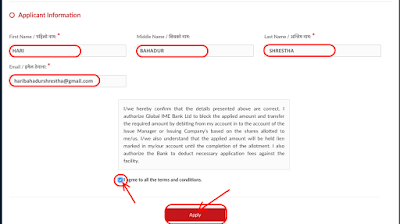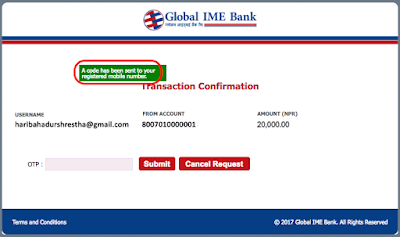Immunology
Cutaneous leishmaniasis is a major public health problem and causes a range of diseases from self-healing infections to chronic disfiguring disease. Currently, there is no vaccine for leishmaniasis, and drug therapy is often ineffective. Since the discovery of CD4+ T helper 1 (TH1) cells and TH2 cells 30 years ago, studies of cutaneous leishmaniasis in mice have answered basic immunological questions concerning the development and maintenance of CD4+ T cell subsets. However, new strategies for controlling the human disease have not been forthcoming. Nevertheless, advances in our knowledge of the cells that participate in protection against Leishmania infection and the cells that mediate increased pathology have highlighted new approaches for vaccine development and immunotherapy. In this Review, we discuss the early events associated with infection, the CD4+ T cells that mediate protective immunity and the pathological role that CD8+ T cells can have in cutaneous leishmaniasis.
Cutaneous leishmaniasis is a major public health problem and causes a range of diseases from self-healing infections to chronic disfiguring disease. Currently, there is no vaccine for leishmaniasis, and drug therapy is often ineffective. Since the discovery of CD4+ T helper 1 (TH1) cells and TH2 cells 30 years ago, studies of cutaneous leishmaniasis in mice have answered basic immunological questions concerning the development and maintenance of CD4+ T cell subsets. However, new strategies for controlling the human disease have not been forthcoming. Nevertheless, advances in our knowledge of the cells that participate in protection against Leishmania infection and the cells that mediate increased pathology have highlighted new approaches for vaccine development and immunotherapy. In this Review, we discuss the early events associated with infection, the CD4+ T cells that mediate protective immunity and the pathological role that CD8+ T cells can have in cutaneous leishmaniasis.

Cutaneous leishmaniasis — which is caused by several protozoal parasites of the genus Leishmania — is endemic to South and Central America, Northern Africa, the Middle East and parts of Asia, and an estimated 1 million new cases arise each year. Of particular interest to immunologists is the wide range of clinical manifestations associated with this disease, which, similar to tuberculosis and leprosy, is dictated largely by the type and magnitude of the immune response of the host. As in most infections, the immune response to cutaneous leishmaniasis depends on many host factors, as well as on the differences between the infecting Leishmania spp. Experimental infections in mice also exhibit a spectrum of clinical presentations depending on the mouse strain and the infecting parasite species or strain used.
- Cutaneous leishmaniasis exhibits a wide spectrum of clinical presentations that is determined largely by the host immune response. The host immune response to infection is influenced both by host genetics and the Leishmania spp. and/or strain.
- The rapid recruitment of neutrophils and inflammatory monocytes following infection with Leishmania influences the course of disease. Neutrophils can have both protective and deleterious roles, whereas inflammatory monocytes kill Leishmania parasites and differentiate into monocyte-derived dendritic cells that promote the development of protective CD4+ T helper 1 (TH1) cells.
- Control of Leishmania infection depends on the production of interferon-γ by CD4+ TH1 cells, which leads to enhanced killing by macrophages due to the production of reactive oxygen species and nitric oxide.
- CD8+ T cells recruited to Leishmania lesions exhibit a cytolytic profile and lyse infected cells without killing the parasites, which leads to enhanced inflammation and increased severity of disease. Controlling these pathogenic CD8+ T cells, or the downstream mediators of inflammation that they induce, is a new approach to leishmaniasis immunotherapy.
- Infection with Leishmania generates several types of CD4+ T cells that mediate resistance to reinfection, including effector T cells, effector memory T cells, central memory T cells and tissue-resident memory T cells. There is currently no Leishmania vaccine, and a hurdle for vaccine development is that the most effective T cells are short-lived effector T cells; targeting longer lived central memory and tissue-resident memory T cells is an alternative approach.





















